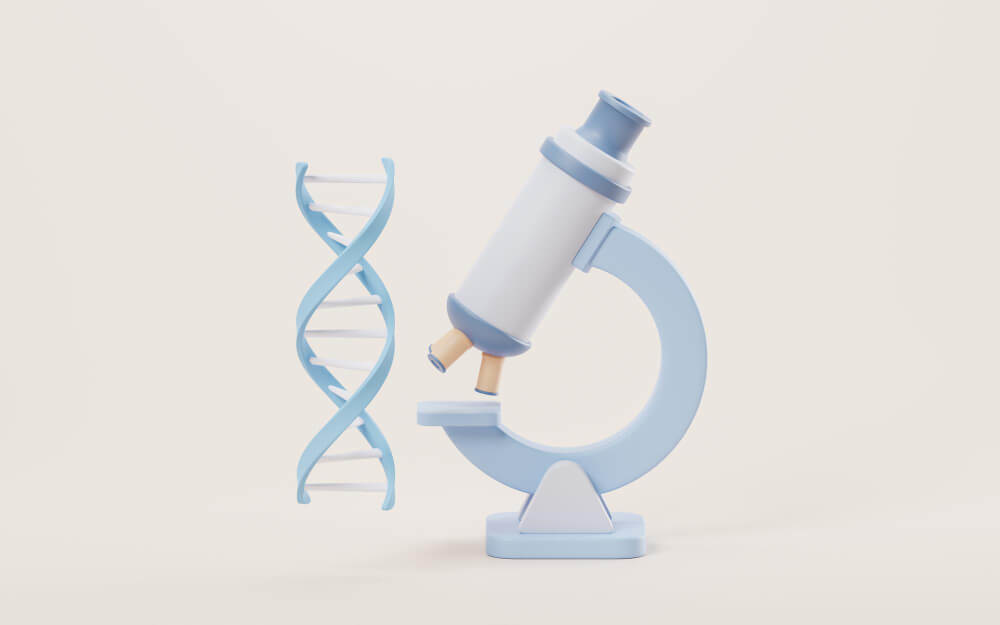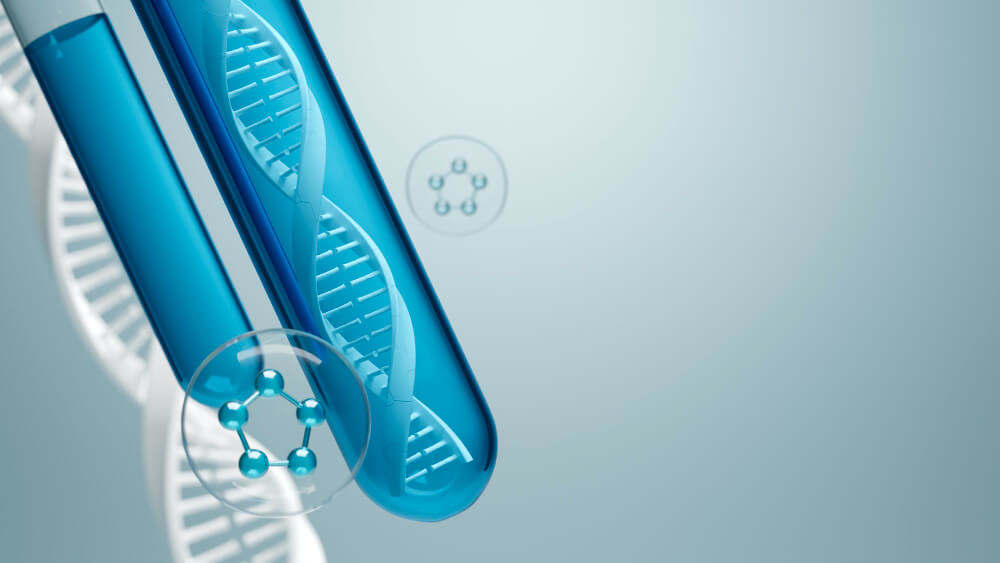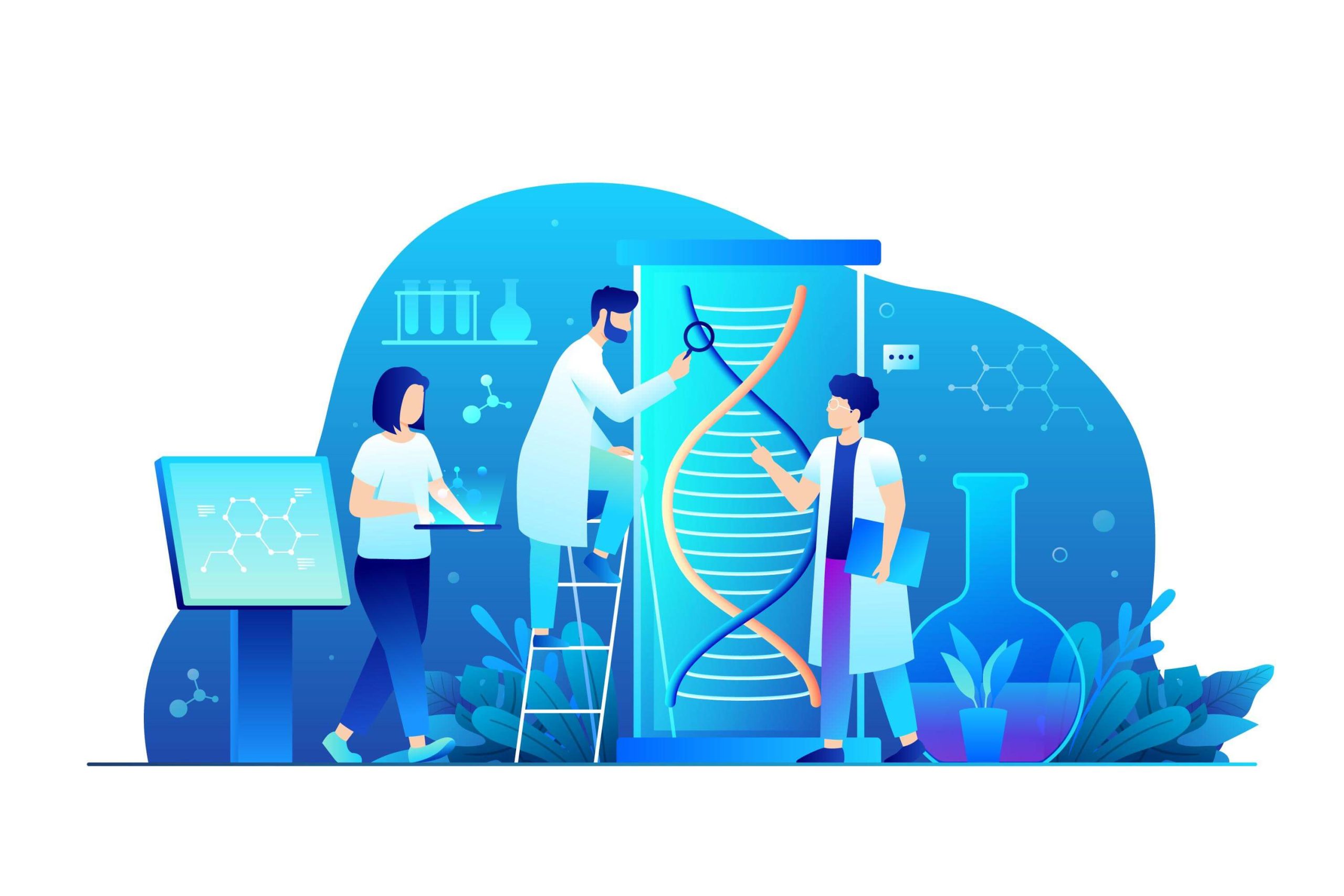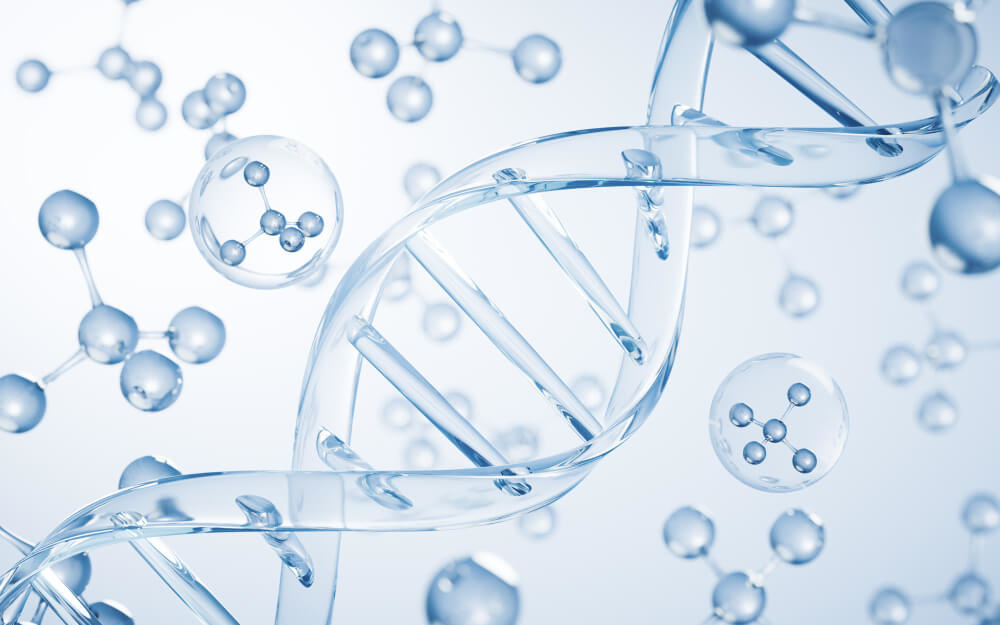Beyond Anti-Aging: Your Ultimate Guide to Longevity Medicine
For most of human history, medicine has operated on a simple premise: you get sick, you see a doctor, you get treated. This reactive model has saved countless lives and remains the bedrock of emergency care. But what if we could shift the focus from simply treating disease to actively preventing it and extending the years of our life spent in peak health? This is the revolutionary promise of a new medical frontier that is rapidly gaining momentum.
This emerging field is built on a proactive, personalized, and data-driven approach to health. It seeks to understand the root causes of aging at a cellular level and uses targeted interventions to slow or even reverse age-related decline. The goal is not just to increase lifespan, the sheer number of years you live, but to dramatically improve your healthspan, the period of your life free from chronic disease and disability. This is the core mission of longevity medicine, a paradigm shift that redefines what it means to grow older.
Unlike traditional anti-aging which often focuses on cosmetic appearances, longevity medicine is a deeply scientific discipline. It leverages advances in genomics, molecular biology, and diagnostics to create a comprehensive roadmap for your health. It moves beyond the one-size-fits-all recommendations of the past and towards a future where your healthcare is as unique as your own DNA.

What Is the Core Philosophy of Longevity Medicine?
The central idea is to move from a disease-span model to a healthspan model. Instead of waiting for symptoms of heart disease, diabetes, or neurodegeneration to appear, practitioners in this field aim to identify and correct the underlying dysfunctions decades before they manifest as a diagnosable condition. It is the ultimate form of preventative healthcare.
This philosophy is rooted in the understanding that our chronological age, the number on our birth certificate, is not the same as our biological age. Your biological age is a true measure of how well your body is functioning on a cellular and molecular level. It can be influenced by lifestyle, genetics, and environment. Longevity medicine uses sophisticated tools to measure this biological age and provides a framework to lower it.
By focusing on the hallmarks of aging, such as cellular senescence, mitochondrial dysfunction, and epigenetic alterations, this medical approach targets the very processes that drive age-related decline. The goal is to maintain youthful function for as long as possible, compressing the period of illness and frailty into a much shorter window at the very end of life.

What Are the Key Pillars of Longevity Science?
While advanced diagnostics and novel treatments are exciting, the foundation of a long and healthy life is built upon timeless principles. Longevity medicine refines and personalizes these pillars using modern science, creating a powerful synergy between lifestyle and technology. These foundational elements are not merely suggestions; they are powerful biological levers.

How does nutrition impact our lifespan?
Food is information for your cells. The right nutritional strategy can switch on genes associated with repair and resilience, while the wrong one can accelerate aging and promote inflammation. Longevity-focused nutrition goes beyond simple calorie counting and looks at the molecular impact of what you eat.
Key concepts include dietary patterns like the Mediterranean diet, which is rich in polyphenols, healthy fats, and fiber. Intermittent fasting and caloric restriction are also heavily studied for their ability to activate autophagy, the body’s cellular cleanup process, which removes damaged components and recycles them for energy. This process is crucial for maintaining cellular health.
Equally important is what to avoid. Highly processed foods, refined sugars, and industrial seed oils are known to drive chronic inflammation and metabolic dysfunction, two of the primary accelerators of the aging process. A longevity diet emphasizes whole, nutrient-dense foods that nourish the body and support its innate repair mechanisms.

Why is exercise non-negotiable for a long, healthy life?
If there were a single magic pill for longevity, it would be exercise. Its benefits permeate every system in the body, from your brain to your bones. A comprehensive exercise plan for longevity includes a mix of different modalities, each providing a unique signal to your body.
Cardiovascular or aerobic exercise is critical for heart health and improving mitochondrial density. Your mitochondria are the power plants of your cells, and having more of them, functioning efficiently, is a hallmark of youth. Strength training is arguably even more important as we age. It combats sarcopenia, the age-related loss of muscle mass, which is a major predictor of disability and mortality. Maintaining muscle sends powerful hormonal signals that keep your metabolism robust.
Flexibility and stability work, like yoga or tai chi, are also crucial. They maintain range of motion, prevent falls, and can help manage the body’s stress response. The key is consistency and finding activities that you enjoy, ensuring that movement is a lifelong habit, not a temporary fix.

What role does sleep play in cellular repair?
Sleep is not a passive state of rest; it is an active period of intense biological activity and repair. During deep sleep, your body works diligently to heal tissues, consolidate memories, and regulate hormones. It is during these hours that the brain’s glymphatic system, its dedicated waste-clearance pathway, is most active, flushing out metabolic byproducts that can accumulate and contribute to neurodegeneration.
Chronic sleep deprivation, on the other hand, is a potent driver of aging. It elevates stress hormones like cortisol, impairs insulin sensitivity, and increases inflammation throughout the body. Prioritizing seven to nine hours of high-quality sleep per night is one of the most effective longevity strategies available.
Improving sleep hygiene involves simple but powerful habits. These include maintaining a consistent sleep schedule, creating a cool, dark, and quiet bedroom environment, and avoiding blue light from screens for at least an hour before bed. These practices support your natural circadian rhythm, the internal clock that governs countless physiological processes.

How does managing stress extend our healthspan?
Our bodies are designed to handle acute, short-term stress. The problem in modern life is chronic, unrelenting stress, which keeps our fight-or-flight system constantly activated. This leads to perpetually high levels of cortisol, a hormone that, when chronically elevated, can wreak havoc on the body. It breaks down muscle tissue, promotes fat storage, suppresses the immune system, and damages brain cells.
Effective stress management is therefore a critical component of any longevity protocol. Practices like mindfulness meditation have been shown to physically change the brain, reducing the size of the amygdala, the brain’s fear center, and strengthening the prefrontal cortex, which is responsible for executive function. These changes make you more resilient to life’s challenges.
Building strong social connections is another powerful buffer against stress. Meaningful relationships and a sense of community are consistently linked to longer, happier lives. Spending time in nature, practicing gratitude, and engaging in hobbies are all effective ways to down-regulate the stress response and promote a state of physiological balance.

How Does Longevity Medicine Use Data and Diagnostics?
One of the most significant departures from traditional medicine is the deep reliance on data. Longevity medicine practitioners use advanced diagnostics to get a high-resolution picture of your current health and future risks. This goes far beyond the standard cholesterol panel you might get at an annual physical.
These tests can include whole-genome sequencing to understand your genetic predispositions, such as the APOE4 gene’s link to Alzheimer’s risk. Epigenetic clock tests analyze methylation patterns on your DNA to calculate your true biological age. Comprehensive blood panels look at hundreds of biomarkers, including inflammatory markers, hormone levels, nutrient deficiencies, and metabolic health indicators.
Other tools like continuous glucose monitors (CGMs) provide real-time feedback on how your body responds to different foods, and microbiome analysis can reveal the health of your gut bacteria, which plays a vital role in immunity and overall health. This wealth of data allows for a truly personalized approach, moving from population-based averages to N-of-1 medicine, where you are the sole focus. Major academic institutions are pioneering much of this work, with research hubs like the Stanford Center on Longevity leading the charge in understanding the science of aging. This rigorous academic backing is what separates true longevity medicine from unsubstantiated wellness trends, with government bodies like the National Institute on Aging funding foundational research to unlock the secrets of a healthier old age.

Can We Optimize Hormones for a Longer, Healthier Life?
As we age, the production of key hormones naturally declines. This decline is not a benign process; it is linked to many of the symptoms we associate with aging, such as fatigue, muscle loss, weight gain, cognitive fog, and decreased libido. Restoring these hormones to more youthful levels is a powerful intervention for improving quality of life and healthspan.
This is not about indiscriminately prescribing hormones. It is a nuanced, medically supervised process that begins with comprehensive testing to identify specific deficiencies. For women, this often involves managing the transition through perimenopause and menopause by balancing estrogen, progesterone, and testosterone. For men, it often focuses on addressing andropause, the gradual decline in testosterone.
Optimizing these signaling molecules is a cornerstone of a comprehensive health strategy, which is why experts consider hormone optimization as a pillar of longevity medicine. Beyond sex hormones, optimizing thyroid function and improving insulin sensitivity are also critical. These hormones govern your body’s energy production and storage, and their dysregulation is a root cause of metabolic disease. Understanding the role of hormones in metabolic health and weight management is essential for anyone looking to control their biological destiny and prevent age-related weight gain and its associated health risks.

What Are Some Advanced Interventions Being Explored?
Beyond lifestyle and hormone optimization, the field is actively exploring a range of molecules and therapies that target specific aging pathways. These interventions are at the cutting edge of science and should always be pursued under the guidance of a knowledgeable physician.
One area of intense research is senolytics, compounds that selectively clear senescent cells. These are ‘zombie cells’ that stop dividing but refuse to die, instead secreting inflammatory signals that damage surrounding healthy tissue. Clearing them has shown remarkable rejuvenating effects in animal studies.
Other molecules of interest include NAD+ precursors like NMN and NR, which support mitochondrial function and DNA repair. Metformin, a diabetes drug, is being studied for its potential to mimic some of the effects of caloric restriction. Rapamycin, an immunosuppressant, has been shown to extend lifespan robustly in multiple animal models by inhibiting a key aging pathway called mTOR. When considering such interventions, it is vital to consult unbiased sources that provide evidence-based information on longevity to separate the hype from the science. For those seeking to apply this knowledge, thought leaders are translating complex findings into actionable steps, offering science-based protocols for longevity that integrate behavior, nutrition, and supplementation.

How is Longevity Medicine Becoming a Mainstream Practice?
What was once the domain of a few biohackers and Silicon Valley executives is now becoming a recognized and respected medical specialty. A growing number of physicians are pursuing advanced training in preventative and longevity medicine, opening clinics dedicated to helping patients optimize their healthspan. This professionalization is a crucial step in making these advanced strategies accessible to a wider audience.
The growth of this field is also driving changes in the broader healthcare landscape. For a specialty to thrive, it requires a robust infrastructure. As the demand for proactive healthcare grows, even the administrative frameworks are adapting. The development of standardized procedures for billing and coding for preventative and longevity medicine is a clear sign of its maturation. This seemingly mundane detail is critical for integrating these services into conventional healthcare systems, allowing more practitioners to offer them and more patients to receive them.
This trend reflects a fundamental shift in patient expectations. People are no longer content to simply wait for disease to strike. They are seeking partners in their health journey who can provide them with the tools and knowledge to live not just longer, but better. This demand is fueling the growth and legitimization of the entire field.

What Does the Future of Aging Look Like?
The future of aging is poised to be radically different from the past. The convergence of artificial intelligence, biotechnology, and personalized medicine is accelerating the pace of discovery. The insights we are gaining into the biology of aging are creating a future where 90 could be the new 60.
We are moving toward an era of true regenerative medicine, where we may be able to repair or replace damaged tissues and organs. Gene therapies and epigenetic reprogramming hold the potential to correct the molecular errors that accumulate over a lifetime. The goal is not immortality, but a life of sustained vitality, curiosity, and engagement, free from the burden of chronic illness.
This future is not a distant dream; its foundations are being laid today in clinics and research labs around the world. The journey begins with a simple but profound decision: to take ownership of your health and to view aging not as a decline to be endured, but as a process to be understood and managed. It is about adding more life to your years, ensuring that your later decades are as vibrant and fulfilling as your early ones.
Frequently Asked Questions

Is it normal for my glucose to spike after eating, and what should I do about it?
Yes, it is entirely normal for your blood glucose to rise after you eat, especially after consuming carbohydrates. This process, known as a postprandial glucose spike, is your body’s natural response to breaking down food into glucose for energy. For a non-diabetic individual, the key is not the spike itself, but its magnitude and duration; a healthy metabolic response involves a moderate rise followed by a smooth return to baseline.
The goal is not to eliminate these spikes but to manage them effectively for better metabolic health and more stable energy. You can flatten the curve by pairing carbohydrates with protein, fat, and fiber, which slows down glucose absorption. Additionally, a simple 10-15 minute walk after a meal can significantly lower the spike by helping your muscles utilize the available glucose.

Besides food, what other lifestyle factors can significantly impact my CGM readings?
Sleep and stress are two of the most powerful non-dietary factors that influence glucose levels. A single night of poor sleep can impair your body’s ability to process glucose effectively the next day, leading to higher average levels and more pronounced spikes. Similarly, chronic stress elevates cortisol, a hormone that can raise blood sugar to prepare your body for a perceived threat, disrupting your metabolic stability.
Exercise and hydration also play critical roles in managing your glucose. While intense workouts might cause a temporary, healthy spike, moderate-intensity exercise like walking or cycling typically lowers glucose levels. Dehydration can concentrate blood glucose, leading to artificially higher readings, so maintaining adequate fluid intake is essential for both your health and for accurate data interpretation.

What is ‘glucose variability,’ and why is it an important metric for non-diabetics?
Glucose variability (GV) is the measurement of how much your blood sugar levels fluctuate, or swing up and down, throughout the day. While your average glucose provides a single number, GV paints a more dynamic picture of your metabolic stability. A person with low variability has relatively stable glucose levels, whereas someone with high variability experiences frequent and significant peaks and troughs.
For non-diabetics, minimizing glucose variability is a key goal for optimizing long-term health, as high GV is linked to inflammation and oxidative stress. These large swings can impact your energy, mood, and cognitive function, even if your average glucose remains within a "normal" range. Tracking and reducing variability through diet and lifestyle changes is a proactive strategy for enhancing metabolic flexibility and overall well-being.
Are you a healthcare professional ready to lead this transformation? The future of medicine is proactive, personalized, and preventative. Talking Longevity offers the most comprehensive functional medicine training, longevity training, and biohacking certification programs. Our courses are designed specifically for healthcare professionals, medics, and clinic owners who want to master regenerative medicine protocols and anti-aging therapies. Discover the future of healthcare and become a leader in the healthspan revolution.







